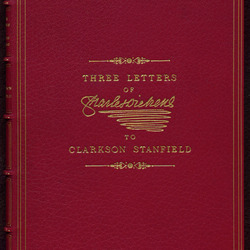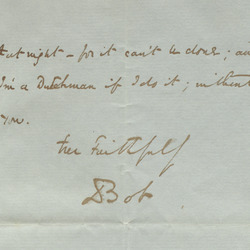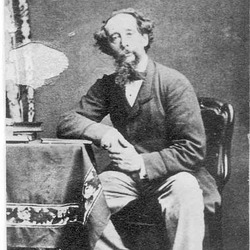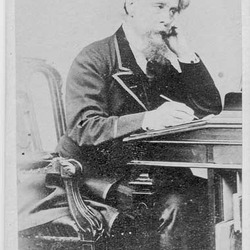About Charles Dickens, his life and work 4
Charles Dickens (1812-1870) is one of the greatest contributors to classic English literature, and is well known and well loved for his work. Born in England as the second of eight children, he grew up knowing financial strain through his father’s debt and subsequent imprisonment in a debtors’ prison, which in turn led to Dickens being sent to work in a warehouse at the age of twelve. These experiences would later influence his work as an author as well as his role as a voice for the poor. After his father came to an agreement with his debtors, Dickens enrolled in Wellington House Academy until the age of fifteen, after which he began working as a clerk in a law office. Later, he became a court stenographer, where he reported on court proceedings using the Gurney system of shorthand writing, which he learned for the job. These experiences undoubtedly influenced his writing, which included themes of child poverty, the inhumane working conditions of the Victorian poor, and the labyrinthine bureaucracy of the British legal system. After a few years working in the courts, he started working on his own writing and published a number of now beloved novels such as The Pickwick Papers (1836-7), Oliver Twist (1837-9), A Christmas Carol (1843), David Copperfield (1849-50), and Great Expectations (1860-1). Many were first published in monthly instalments in various newspapers before they were published as novels, a feature of Victorian-era publishing that Dickens pioneered. He was met with major success, and by the 1840s, Dickens was one of England’s most well-known writers. He remains one of the best-known writers in the English language today.




